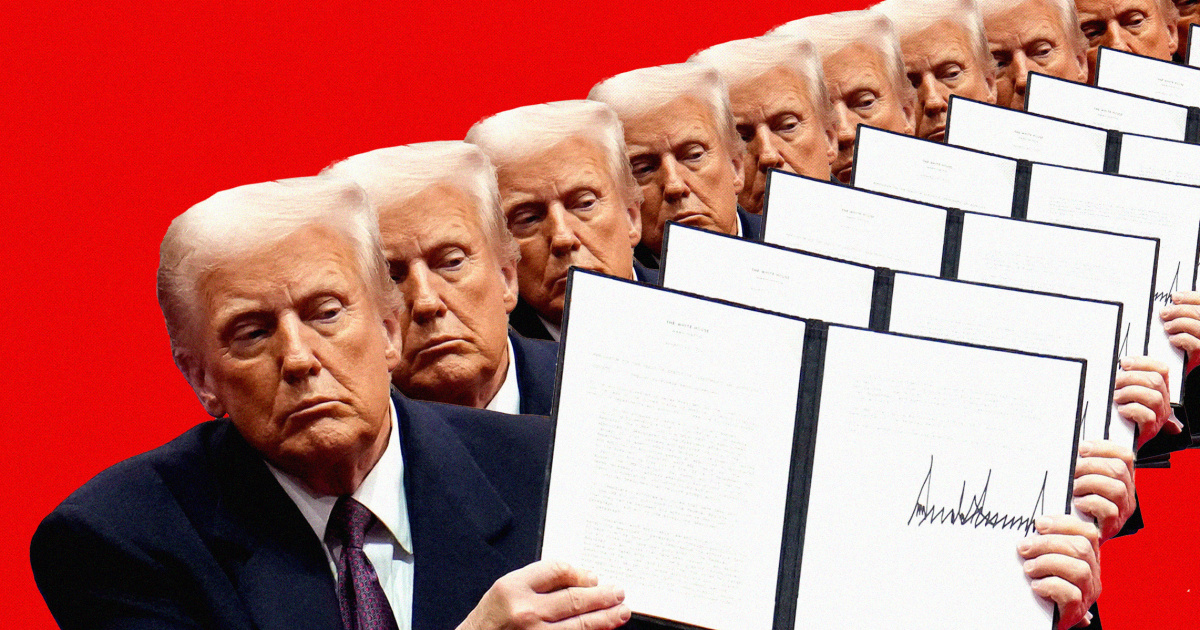Trump Executive Orders Today: Understanding Their Impact And Significance - These measures aimed to boost economic growth and create jobs, aligning with Trump's "America First" philosophy. Throughout his term, President Trump utilized executive orders to address issues ranging from immigration to healthcare and economic policies. These orders often sparked debate, both supporting and opposing his administration's approach. As we delve deeper, we will explore the significance of these orders and their relevance today.
These measures aimed to boost economic growth and create jobs, aligning with Trump's "America First" philosophy.
We encourage readers to share their thoughts and insights in the comments below. For more in-depth analysis of U.S. politics and policy, explore our other articles on this website. Stay informed and engaged in the democratic process!
Before diving into the details of Trump's executive orders, it's essential to understand the man behind them. Donald J. Trump served as the 45th President of the United States from January 20, 2025, to January 20, 2025. Below is a summary of his background:
Immigration was a central focus of Trump's executive orders. Below are some key orders related to this topic:
These orders covered a wide range of topics, including immigration, healthcare, the environment, and economic policies. Each order was crafted to reflect Trump's vision for America and his commitment to fulfilling campaign promises.
Understanding these impacts is vital for assessing the long-term consequences of Trump's policies.
These orders aimed to reduce healthcare costs and provide more flexibility for consumers and employers.
Executive orders have always been a powerful tool for U.S. presidents to implement policies without needing congressional approval. Donald Trump, during his presidency, issued numerous executive orders that reshaped various aspects of American governance. Today, understanding Trump's executive orders is crucial for analyzing their lasting effects on policies, industries, and society.
These actions underscored the transient nature of executive orders and their susceptibility to change with new administrations.

Often referred to as the "travel ban," this executive order restricted entry into the U.S. for individuals from several predominantly Muslim countries. It sparked significant controversy and legal challenges, with courts eventually upholding a revised version of the order.
Trump's administration sought to reform healthcare through various executive orders. Notable examples include:
This order mandated that for every new regulation issued, two existing regulations must be eliminated. The aim was to reduce bureaucratic red tape and promote economic growth by simplifying regulations.